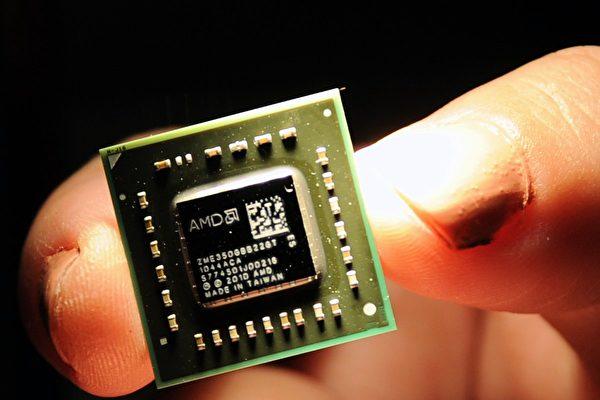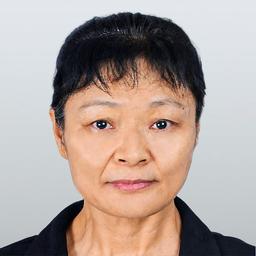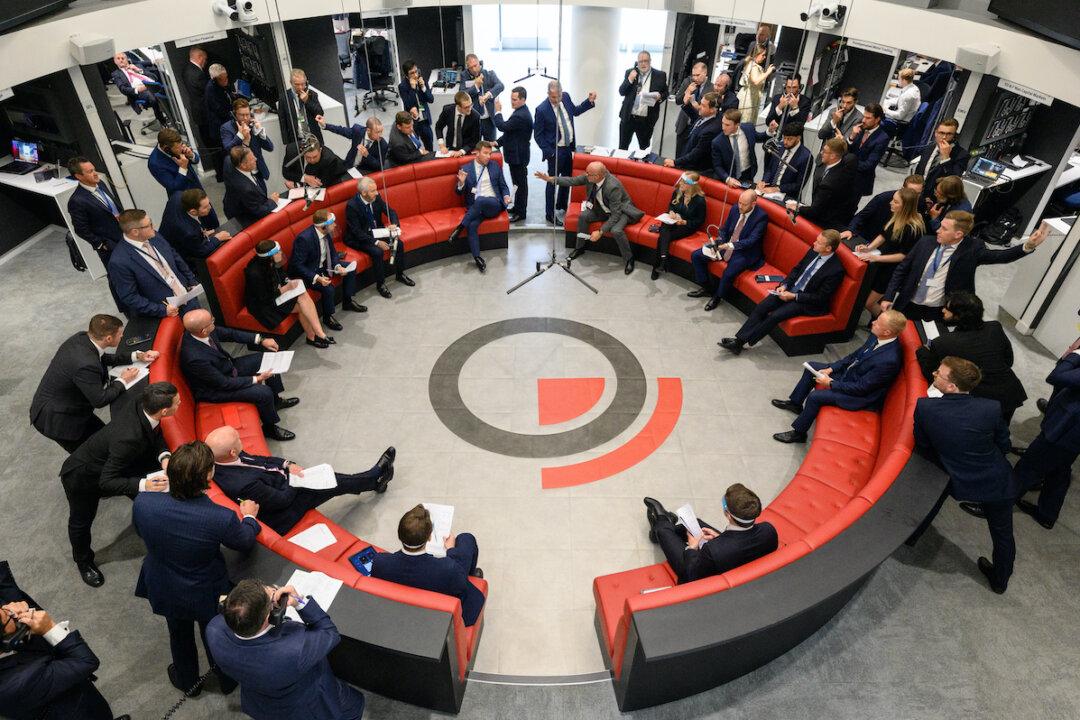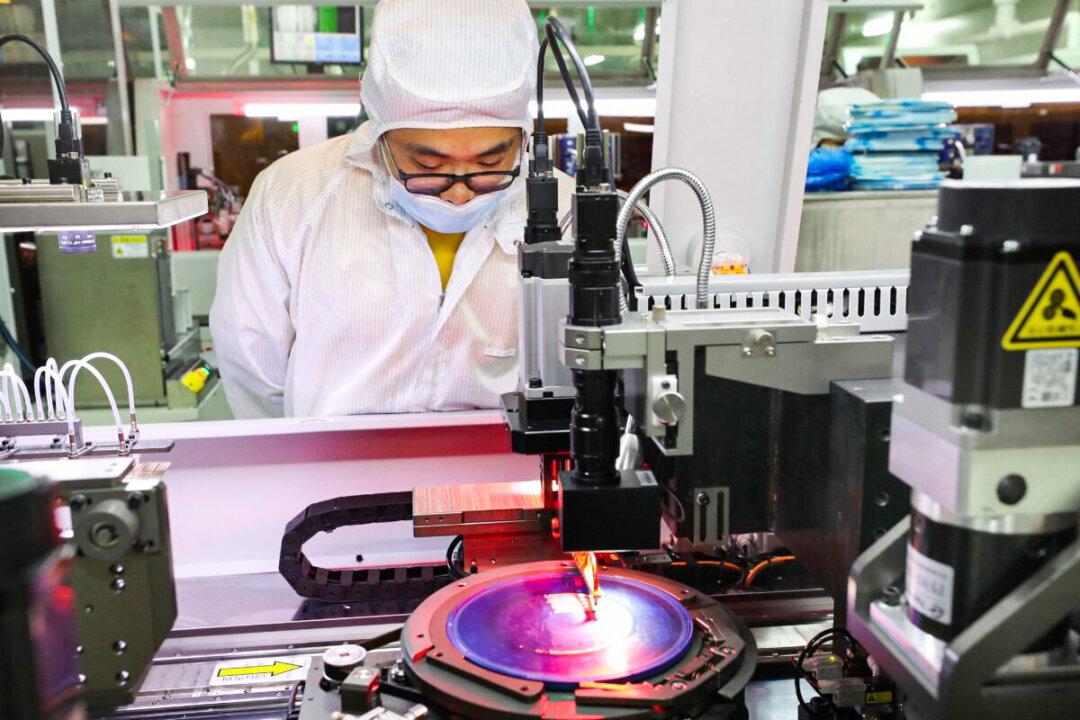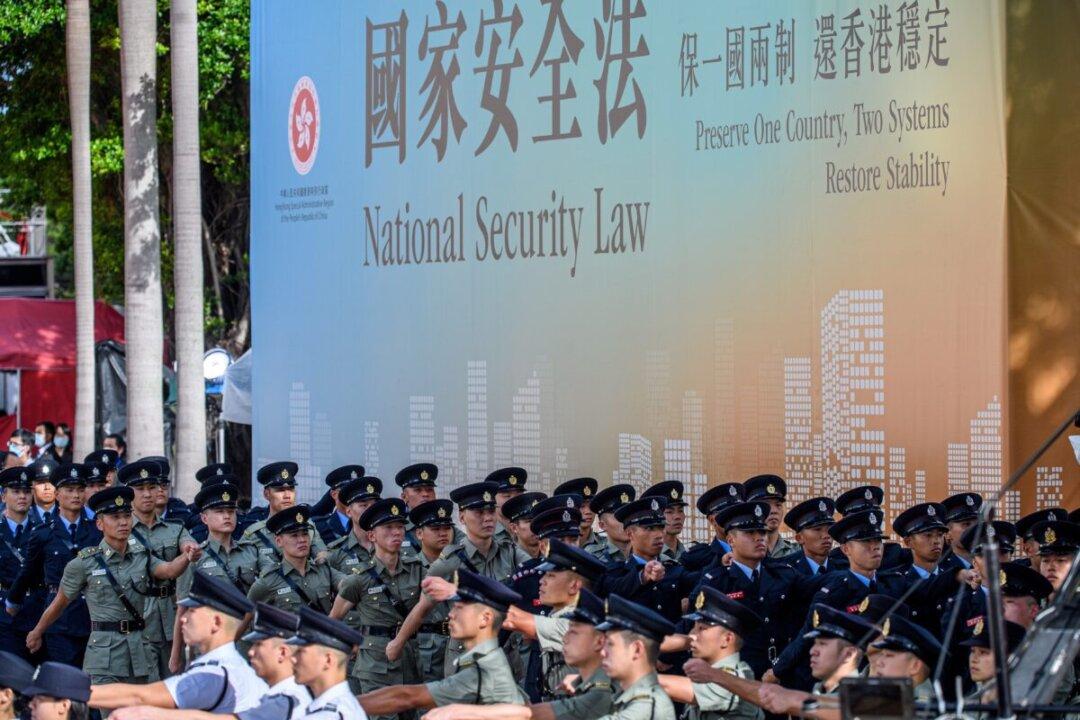Beijing’s campaign for “scientific and technological independence,” especially pertaining to the microchip sector, has received mixed global response. While international industries fear the move could slow innovation and disrupt global trade, some China experts believe the quality and success rate of China’s chip development are low.
T-Head, a semiconductor unit of Alibaba, unveiled the E-Ten 710, a new CPU chip, in October 2021. The chip is said to be 5 nanometers in size and will only be used for Alibaba’s cloud computing business, with no plans to sell it to the outside, Alibaba said.
